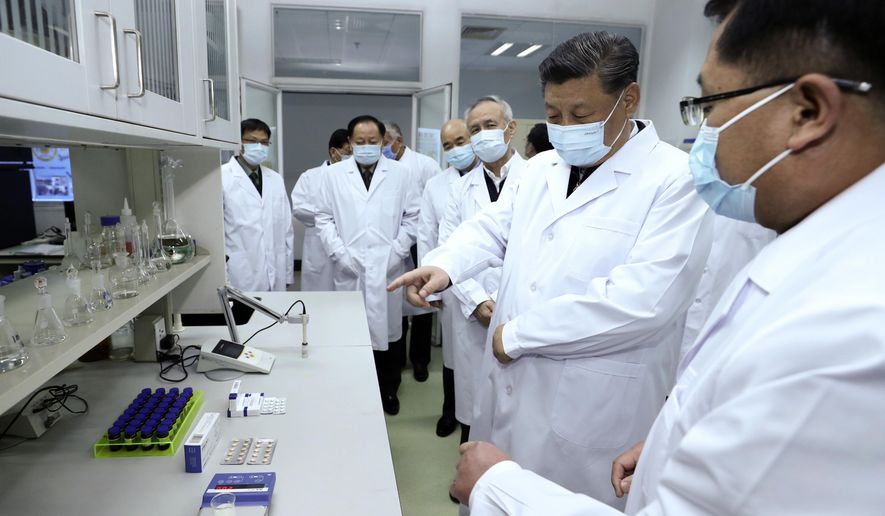Is this China flu, part 2?
Scientists have found a new flu strain in China that has the potential to become another pandemic on top of the COVID-19 virus, the BBC reported Monday.
The British broadcaster said that the new virus, which for now is only spreading among pigs, has “all the hallmarks” of being able to infect humans.
According to a paper published Monday in the Proceedings of the National Academy of Sciences, Chinese scientists have identified the new flu strain as G4 EA H1N1.
“From the data presented, it appears that this is a swine influenza virus that is poised to emerge in humans,” Edward Holmes, an evolutionary biologist at the University of Sydney who studies pathogens, told Science magazine.
The COVID-19 respiratory disease that has killed hundreds of thousands of people around the globe, overwhelmed health systems and destroyed the world economy also began in China and in that case, the Chinese government took pains to cover it up and allow it to spread worldwide.
According to Science, while there are mammal-related strains mixed in the new flu virus, its core is a form of bird flu to which humans, pigs and other mammals are vulnerable.
“As it’s new, people could have little or no immunity to the virus,” the BBC wrote, adding that it would take only a slight mutation to enable person-to-person transmission.
The Chinese scientists in Proceedings have found evidence of recent infections involving people in China who worked at pig farms or slaughterhouses.
Pig-flu strains sometimes pass from pigs to humans, but very rarely to another human after that.
Martha Nelson, an evolutionary biologist at the U.S. National Institutes of Health’s Fogarty International Center who studies pig influenza viruses, told Science that accordingly “the likelihood that this particular variant is going to cause a pandemic is low.”
But she added that “influenza can surprise us” and noted that the pandemic H1N1 strain of 2009 was completely unknown until human cases began happening.
Mr. Holmes said that “clearly this situation needs to be monitored very closely.”
• Victor Morton can be reached at vmorton@washingtontimes.com.




Please read our comment policy before commenting.